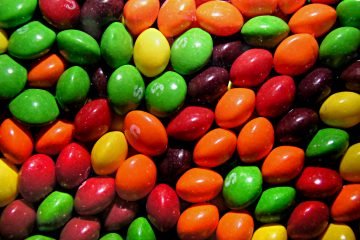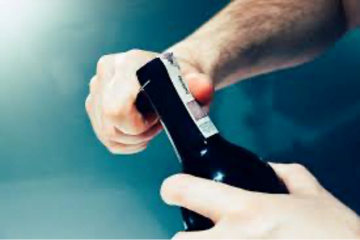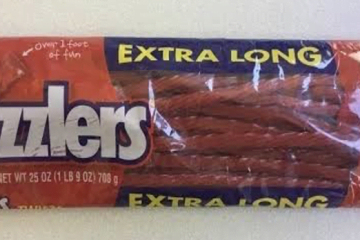Where are all of my wine lovers out there? We enjoy white or red; we’re not picky when it comes to this delicious drink! Today, we’re going to walk you through some wine FAQs so you’ll feel like the biggest wine connoisseur in the room at the next dinner party!
It’s crazy to think about how one-hundred-year-old wine tastes better than the stuff that was just freshly made. As wine ages, its flavor transitions to something so rich and beautiful. Not many know this but what’s really happening is a chemical reaction between phenolic compounds. Various substances, sugars, and acids play a role in a wine’s evolving taste. Unfortunately, not all wine grows to have such delectable taste and texture.
This all depends on the type of wine you like to drink, whether that’s a crisp cold white or a smooth dry red.
Today, we’d like to focus on frequently asked wine questions and then dive into some really nice wine and food pairings. By the end of this read, you’ll be a wine trivia and food pairing pro!
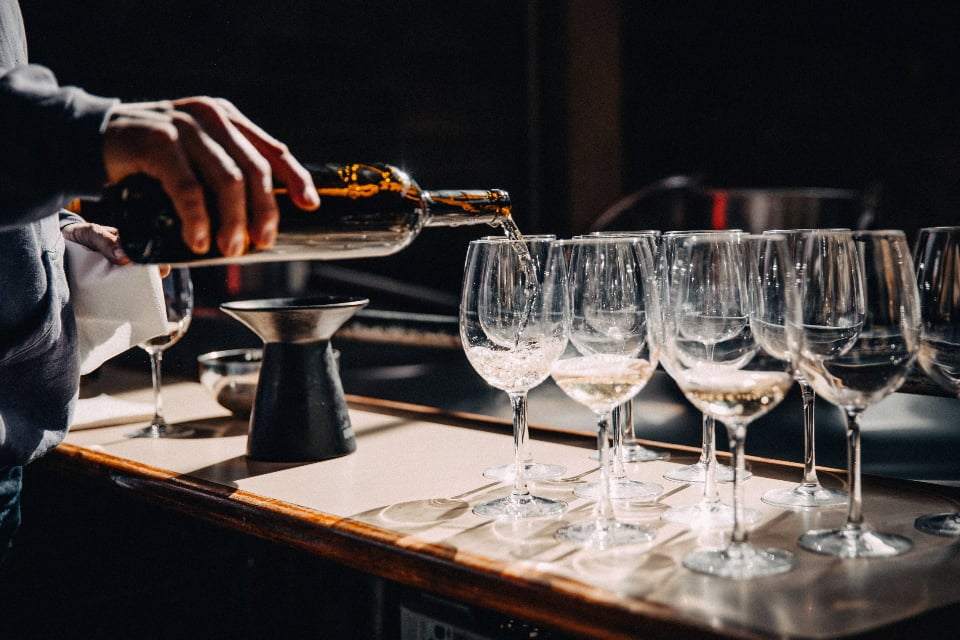
How Many Ounces In A Bottle Of Wine?
The standard-sized wine bottle is 750 milliliters. 750 milliliters converts to 25.4 ounces per bottle.
Wine bottles widely range in size (depending on the occasion, this could be a very good thing!) and those sizes are typically used for specific kinds of wine, whether that’s white, red, rose, or sparkling. They can come in something similar to a beer can and get as big as a 30L bottle. The Kendall Jackson brand showcases a whole wine chart that breaks down each wine bottle size and how much you’re able to hold in each. Here are some of the sizes they covered:
- Quarter (piccolo or split in champagne): Holds 187ml or 6.03 oz
- Aluminum Can (beer can): Holds 354ml or 12 oz
- Half, Demi, or SPlit: Holds 375ml or 12.07oz
- Sweet Wines: Holds 500ml or 16.09 oz
- Magnum (is equivalent to two standard sized wine bottles): Holds 1500ml or 50.07 oz
- Double-Magnum (also known as jeroboam or the quantity of four standard wine bottles): Holds 3L or 100 oz
- Rehoboam (usually used for champagne): Holds 4.5L or 152 oz
- Jeroboam Bordelais (size was different before the 1980s): Holds 5L or 169 oz
- Imperial (Bordeaux-shaped bottle): Holds 6L or 203 oz
In most cases, you’ll find yourself purchasing a standard 25.4 oz bottle of wine at the store unless you’re about to attend a large family or friend gathering. The magnum size may come in a bit handier in that situation since standard wine bottles only pour up to five glasses! If you’re looking to split your bottle as much as possible, you’ll need to pour smaller glasses. A standard 5 oz pour will get five people one glass out of a bottle, so you may need to adjust depending on the number of people and wine at the party.

How many bottles in a case of wine?
Cases of wine are for the real wine lovers out there! If you’re visiting a winery or even your local grocery store, look if there’s bulk of your favorite bottle. Getting a case of wine is the perfect opportunity to stock up on wine for any upcoming celebrations. Bottles of wine are also great gifts for adults above the age of 21.
One case of wine comes with twelve bottles. However, some stores and/or business owners offer ‘half cases,’ meaning you have the option of just getting six bottles of wine instead of the full twelve.
Buying wine in bulk has other benefits as well. From personal experience, most wineries, grocery stores, or wine-specific venues will offer great discounts to those looking to buy a case or half of a case. Keep that in mind for the next time you’re looking to purchase a bottle because you may qualify for ten to fifteen percent off your entire purchase.
Every business owner will handle their deals differently, but it doesn’t hurt to ask if you’re looking to get multiple wine bottles in one trip! Unfortunately, not all places offer special deals like this and case prices can vary significantly. Everything depends on the type and age of your wine. By this, we mean that buying twelve individual bottles of one white wine brand could end up being a lot cheaper than buying a case of aged red wine.
Though this discount does not exist everywhere, it’s definitely worth asking the next time you go into the store to restock your wine!
Is wine gluten-free?
For anyone who’s unable to eat gluten or who doesn’t include it in their diet, you’re in luck! Wine is considered to be naturally gluten-free pending a few caveats.
As most know, all wines can be processed and aged differently. This is the reason some taste sweet versus dry and buttery versus oakey. Different aging processes leave room for gluten contamination but don’t worry, it’s typically very small doses.
However, if you’re someone with a bad gluten allergy, then be extra cognizant of the possibility that your wine could contain gluten and ask your server to confirm the contents of their wine. Most red and white wines are made from grapes (grapes are naturally gluten-free) and then enter a fermentation process. This process also typically remains completely gluten-free. The wine then goes into the ‘fining’ phase and this is where wine could potentially be contaminated with gluten. Fining is when winemakers use fining agents to help filter their wine and make it appear more clear. These agents bind to unneeded particles floating in the wine from the fermenting process and help eliminate that cloudiness.
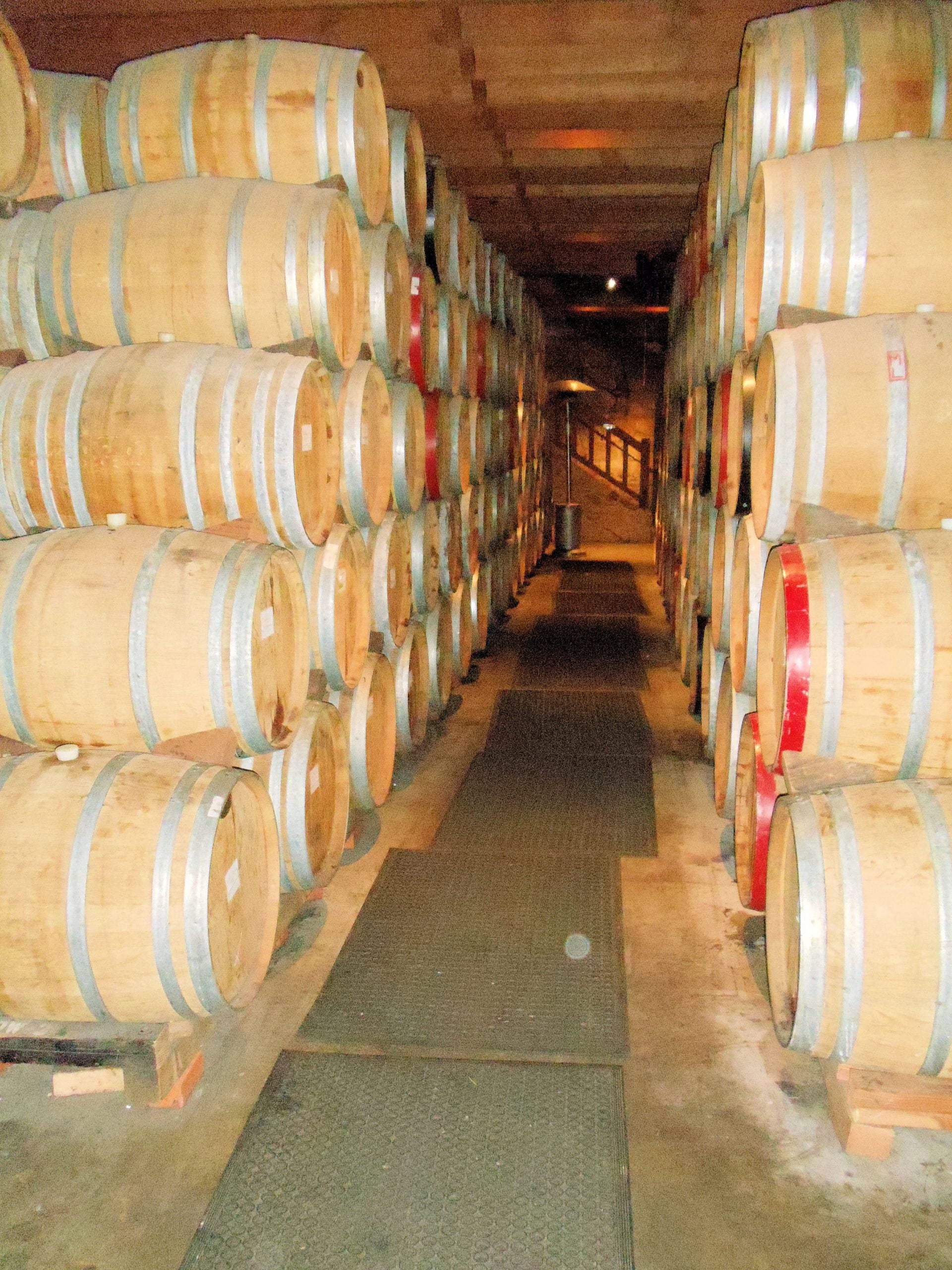
Gluten or gluten products can be used as fining agents, meaning gluten content could remain in the bottle after this phase of the winemaking process. There’s also been chatter around wine aging in oak barrels that are sealed with wheat paste. Both of these gluten contamination possibilities would result in extremely low traces of gluten, where the FDA would still define the wine as gluten-free.
It’s always better to be safe than sorry, so still, be sure to ask the establishment how their wine is made. You never know unless you get more information on whether or not this brand of wine could be potentially harmful to people with gluten sensitivity and celiac disease.
Some of the naturally gluten-free wines include:
- Whites
- Pinot Grigio
- Chardonnay
- Riesling
- Sauvignon Blanc
- Sherry
- Moscato
- Pink
- Rose
- Reds
- Cabernet
- Pinot Noir
- Merlot
- Malbec
- Port
- Chianti
- Zinfandel
- Bordeaux
How many calories in a bottle of wine?
A wine bottle’s calories can vary based on whether it’s white or red, however, both wines are very similar in nutritional content. On average, a standard-sized bottle of wine is around 600 calories.
If you’re looking at wine on a health scale rather than taste preference, again, red and white wines are quite similar. White wines are known to be slightly lower in the number of calories but red wine is known for providing various health benefits.
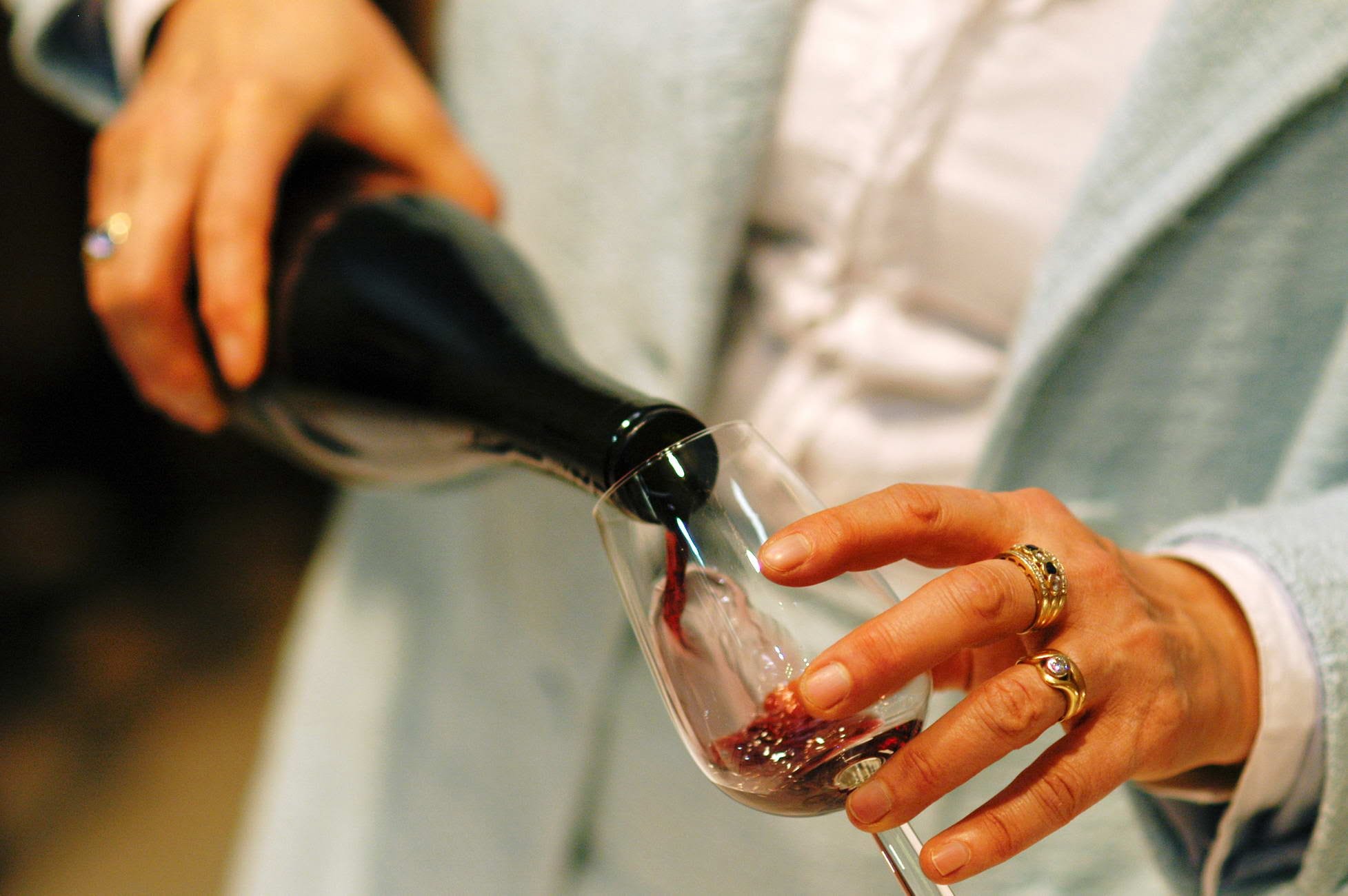
To get even more granular, a glass of red wine is about 125 calories and a standard 5 oz glass of white is about 120 calories. Both red and white wine contain the same amount of carbs and sugars (4g of carbs, 1g of sugar). However, red and whites can vary in nutrient percentages such as potassium (red is at 5%, white is at 3%), manganese (red is at 10%, white is at 9%), iron (red is at 4%, white is at 2%), riboflavin (red is at 3%, white is at 1%), and niacin (red is at 2%, white is at 1%).
As you can see, all of these numbers are still very similar to one another so there really isn’t much of a difference between the two wines. Although, red wine is known to have some health benefits. Those advantages include:
- Lower risk for heart disease
- Boost in ‘good’ HDL cholesterol levels
- Slowing down of the brain’s deterioration
Now that we’ve covered some frequently asked wine questions, let’s dive in on the tastier side of things. We’re taking you through some of our favorite wine and food pairings so you can get some inspiration for your next dinner party or date night!
Wine & Food Pairing Tips
First, you should understand what kind of wine you like the most and then start finding foods that pair well with what you already enjoy. Finding a good harmony between your wine and food is also extremely important. Having a meal that’s completely overpowered by the flavor of your wine disregards the goal of having a balance between the two.
Based on the opinions of wine connoisseurs, you should pick the most distinguished ingredient in your meal to pair your wine with. By that, they want you to ask yourself if it’s the meat, sauce, seasoning, or another component of your meal that stands out the most. Once you have that figured out, you’ll be able to pair your wine a lot easier.
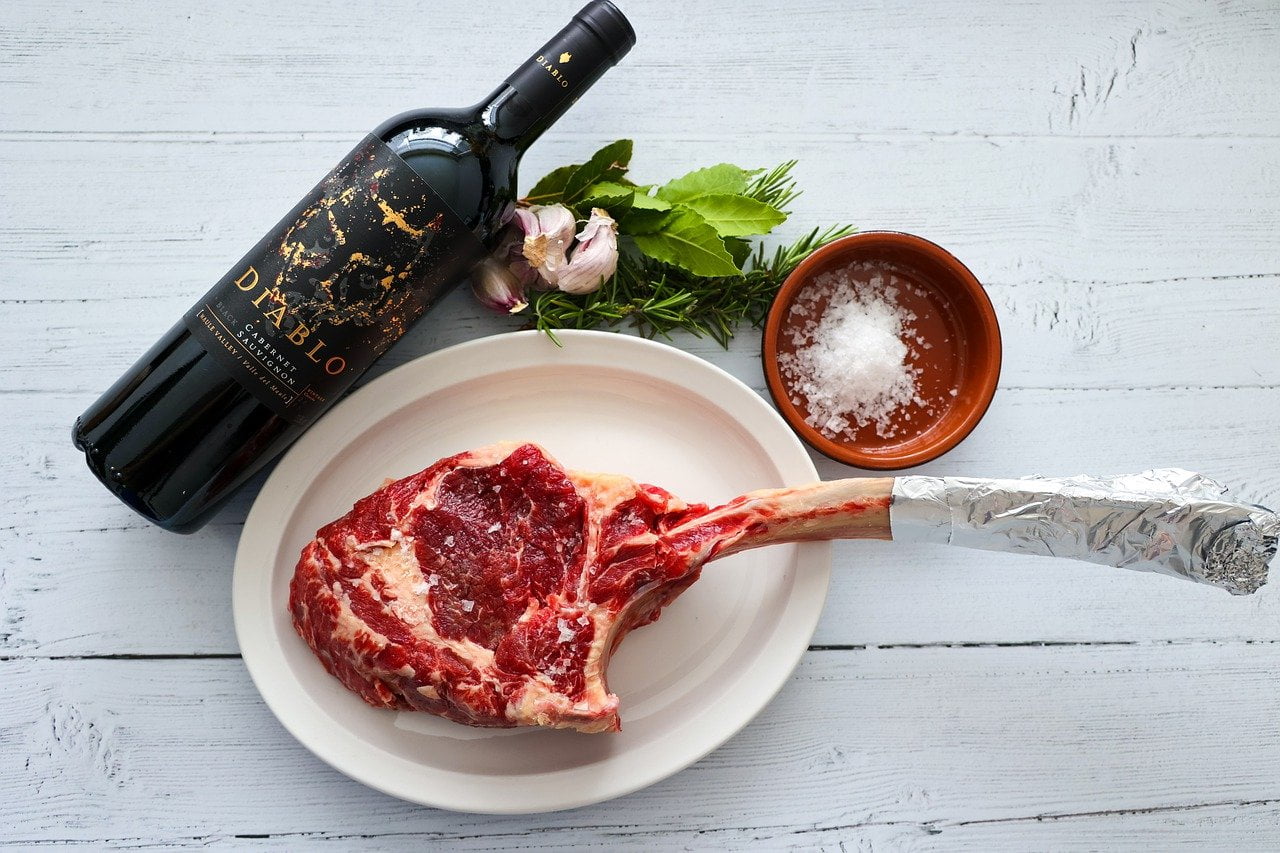
A general rule to keep in mind is that whites pair better with lighter, more delicate meats such as chicken and poultry. Red wines complement red meat dinners and hearty dishes, but let’s explore more specific pairing suggestions.
- Red Meat & Cabernet Sauvignon: beef tenderloin, steak, and hamburger dishes go very well with dry, fruity Cabernet flavors. The dryness acts as a cleanser to help offset the richness of the meat.
- Poultry & Chardonnay: Light, flakey fish dinners soaked in lemon butter sauces pair really nicely with medium-bodied whites like Chardonnay. If you’re in the mood for something like mahi-mahi or salmon, try to pair it with an oaked chardonnay. If you’re cooking up something leaner like tilapia, pair an unoaked chardonnay.
- Earthy Flavored Meals & Pinot Noir: This kind of red wine goes best with foods that include mushrooms, potatoes, or pizzas. There can be many different versions of a pinot noir, so try to find ones that are silkier such as Burgundian-style pinots.
- Herb-Based Sauces, Cheese & Sauvignon Blanc: This fruity and crisp white wine can pair well with a lot of things. It’s known to complement various Asian and Vietnamese dishes, as well as cheeses you’d typically include on a charcuterie board such as goat cheese, brie, feta, gouda, and chevre.
Let us know your thoughts if you decide to try out one of the pairings above! Now you have some great inspiration for new dishes and wine pairings you can try out on your own or at your next family and friend gathering.
Sources:
https://cellaraiders.com/blogs/news/why-wine-tastes-better-with-age
https://www.kj.com/blog/how-many-ounces-are-bottle-wine
https://www.beyondceliac.org/gluten-free-diet/is-it-gluten-free/wine/
https://www.healthline.com/nutrition/red-vs-white-wine#TOC_TITLE_HDR_5
https://blog.blueapron.com/best-red-wines-to-pair-with-meat/


